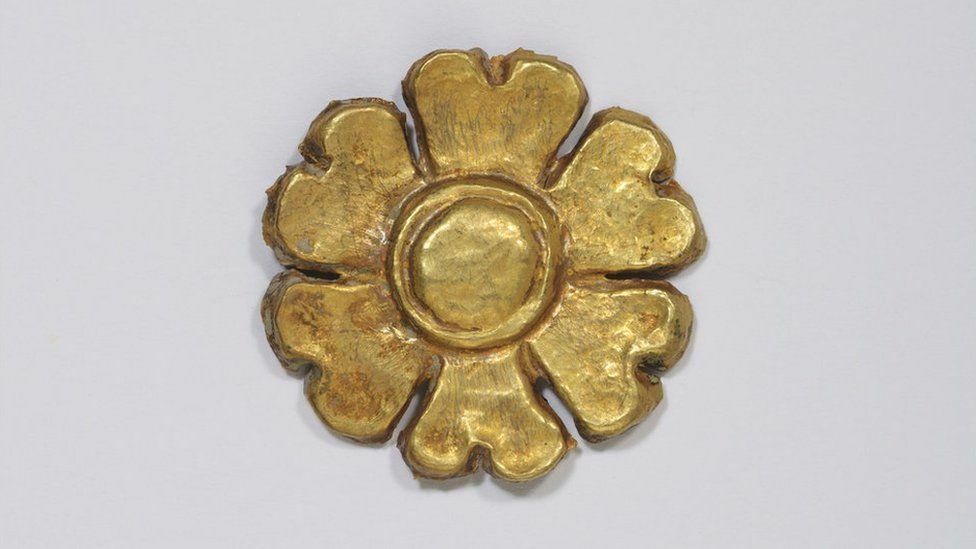Emotional return home for stolen Cambodia treasure

The vast treasure trove of antiquity stolen by a British art smuggler has been returned home to Cambodia.
In September last year, a Cambodian delegation visited London to investigate whether the United Kingdom was harbouring cultural treasures stolen from Khmer sacred temples. It turns out there were, and a lot more surprises as well.
Cambodia sent a list of missing artefacts to the British Museum, and Victoria & Albert Museum in London prior to the visit.
The Southeast Asian nation reckoned British art dealer Douglas Latchford stole the precious items during the country’s civil war when it was under the murderous Khmer Rouge regime between 1975 to 1979.
The visit to the London museums turned out to be a revelation as the delegation was stunned by never-seen-before jewellery.
The collection has been secretly returned to Cambodia’s capital, Phnom Penh, and is due to go on display in the country’s national museum.

Latchford died in 2020 while awaiting trial in the US. His family promised to return his stolen collection to Cambodia after he died, but the authorities did not know what exactly would be handed over or how it would happen.
Brad Gordon, the head of Cambodia’s investigative team, became the first representative of the nation to see the jewellery when he visited London last summer. He said…
“I was driven by a representative of the Latchford family to an undisclosed location. In the parking lot was a vehicle with four boxes inside.
“I felt like crying. I just thought – wow – the crown jewels of ancient Cambodian civilization packed into four boxes in the back of a car.”
After everything had been unwrapped, the rediscovered collection revealed 77 pieces of jewellery and gold, adorned with precious stones such as crowns, belts, and earrings. Among the collection, a sizable bowl is suspected to be from the 11th century, made of solid gold and might have been utilized as a rice bowl for the Angkorian royalty, although it has not been tested yet.
According to experts, one of the crowns in the collection could be from the pre-Angkorian period, crafted by artisans during the 7th century. However, there is a mystery surrounding some of the items in the collection, such as a small sculpted flower, which experts are unable to determine why it was created or its intended use.

Previously, a few pieces of the jewellery had already resurfaced. In 2008, Latchford, along with his collaborator Emma Bunker, wrote a book titled “Khmer Gold,” which included five pieces from the collection. However, Ashley Thompson, an expert in Khmer antiquities, describes the book and two others as being like elaborate sales brochures that gave private collectors a glimpse of what was being sold illegally behind the scenes.
Thompson, who is a professor of South East Asian art at SOAS University of London, explains that it will take a long time for experts to determine the true origin of the newly discovered jewellery. This is because the book contains numerous half-truths that make it challenging to separate fact from fiction.
“You certainly can’t take for granted anything that is said about the provenance or the current ownership. Private Thai collection, private London collection, private New York collection, private Japanese collection etc. You have to be very wary.”
The Cambodian authorities believe that more Angkorian jewellery is yet to be found. The Cambodians have evidence from Latchford’s email correspondence that he was attempting to secretly sell the collection from a north London warehouse as late as 2019.
For now, the collection’s return will be welcomed by Cambodia but the search for more precious artefacts goes on.

Latest Thailand News
Follow The Thaiger on Google News:


























